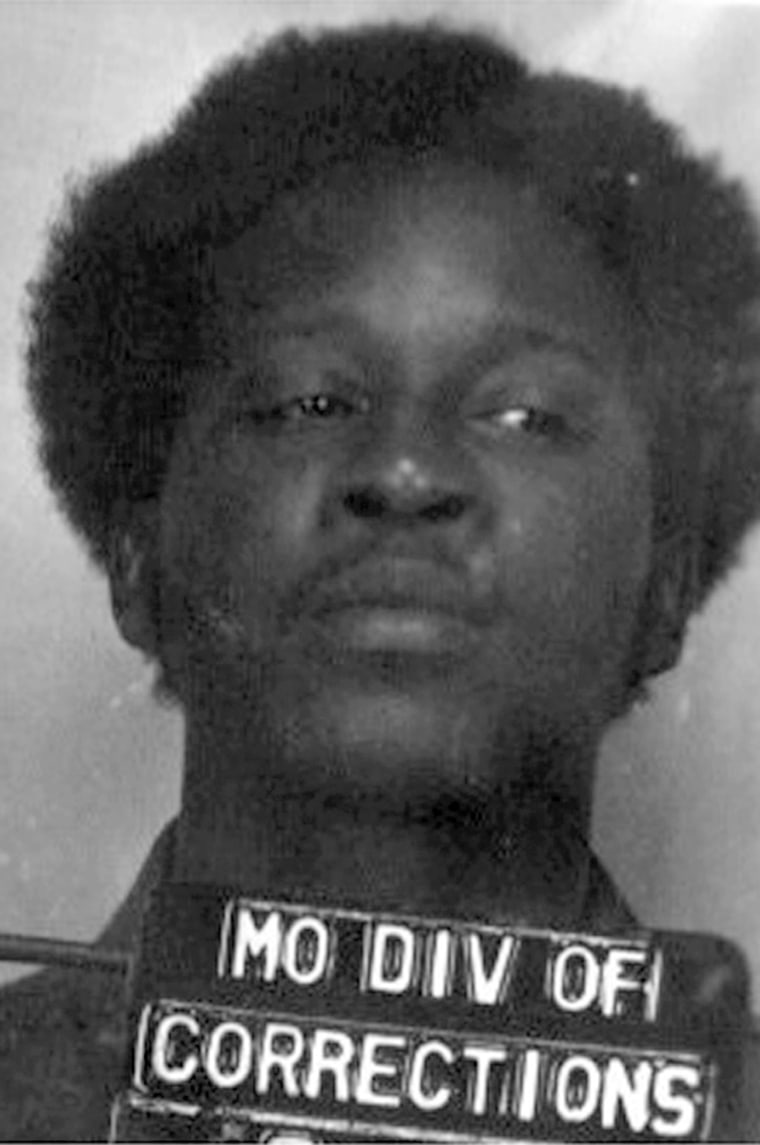Missouri did not execute an innocent man when Larry Griffin was put to death in 1995, the St. Louis circuit attorney said in a report Thursday.
Griffin was “fairly and rightly” convicted in the 1980 killing of 19-year-old Quintin Moss, Circuit Attorney Jennifer Joyce said. Her office reopened the case in 2005 after the NAACP raised questions about Griffin’s guilt.
After more than 1,000 hours of investigation and interviews with more than 80 people, Joyce said, “my team and I are confident the right person was convicted by a jury of his peers for the murder of Quintin Moss.”
Griffin had maintained his innocence to the end. A day before his execution in 1995, an Associated Press reporter asked the 40-year-old condemned man if he committed the crime.
“I did not!” he responded. “If I’m going to be punished for something, it ought to be for something I did.”
Critics call for independent review
University of Michigan law school professor Samuel Gross, who wrote a 2005 report on the case for the NAACP Legal Defense and Education Fund, called the finding disappointing.
He said an independent body should review such cases. The circuit attorney’s office, a city entity, had initially prosecuted Griffin.
“Am I surprised that they reached these conclusions given the evidence they had? Yes, definitely,” Gross said.
Joyce said the information presented in the NAACP Legal Defense Fund report, while compelling, was not new and had previously been reviewed by the attorney general and state and federal appeals court judges.
Moss, a drug dealer and alleged hit man, was killed in a drive-by shooting. Authorities said Moss had been accused of killing Griffin’s older brother six months earlier, and a witness identified Griffin as the passenger in the 1968 Chevy Impala who fired the fatal 13 shots.
But that witness, Robert Fitzgerald, said in a 1993 federal court hearing that he was coerced him into fingering Griffin when police showed him a picture of Griffin and said, “We happen to know who did it.” Fitzgerald died in 2004.
Standing by testimony
The NAACP report also noted that the first police officer on the scene, Michael Ruggeri, had changed his story.
But Ruggeri now says he was confused by a private investigator’s questions for the NAACP report. “He states unequivocally to us that he stands by his testimony of 25 years ago,” Joyce said.
The investigation has been closely watched, especially by death penalty opponents. Although none of the 1,100 people executed in the United States since 1977 have been proven innocent, capital punishment foes argue that the risk of a grave and irreversible mistake by the criminal justice system is too high to allow the death penalty.
